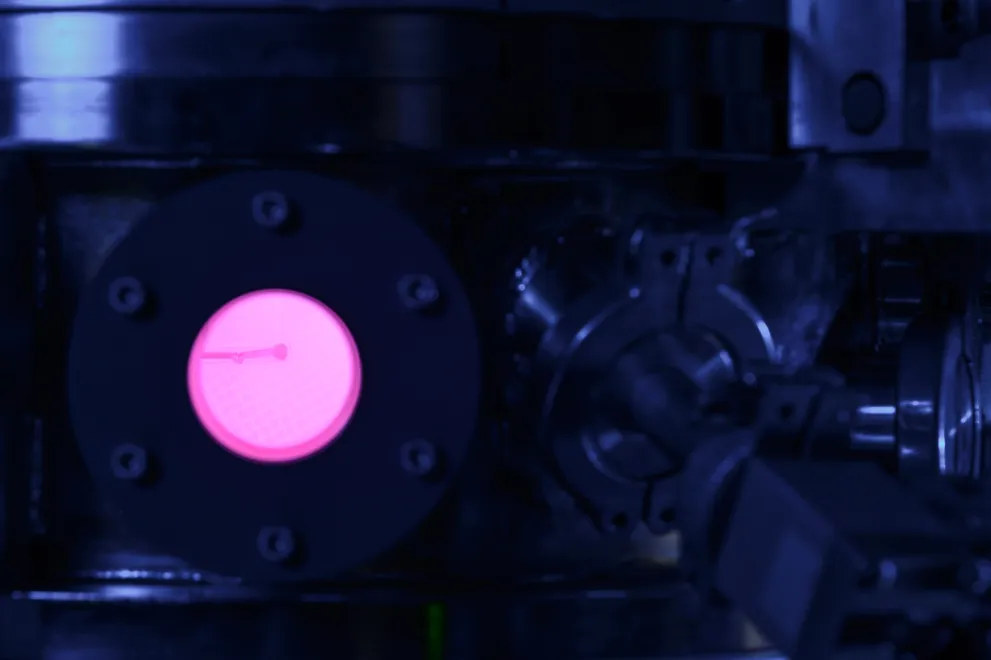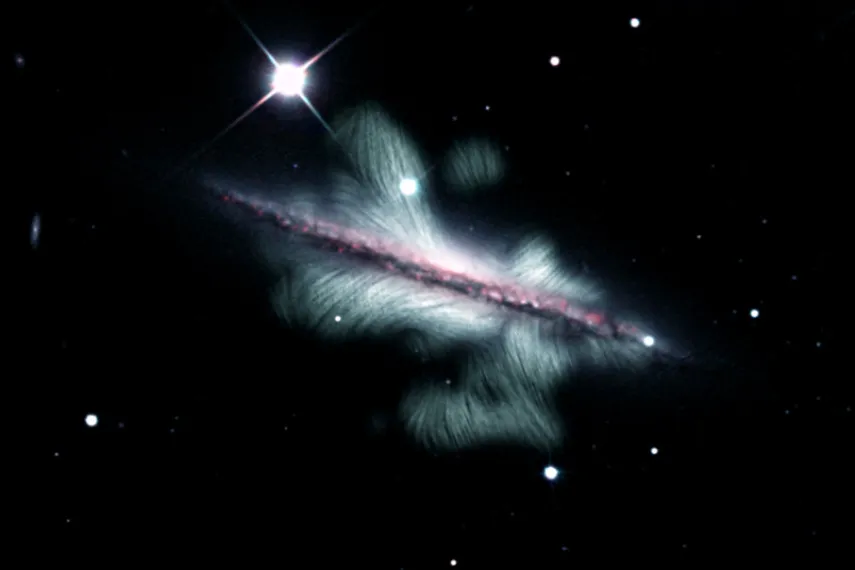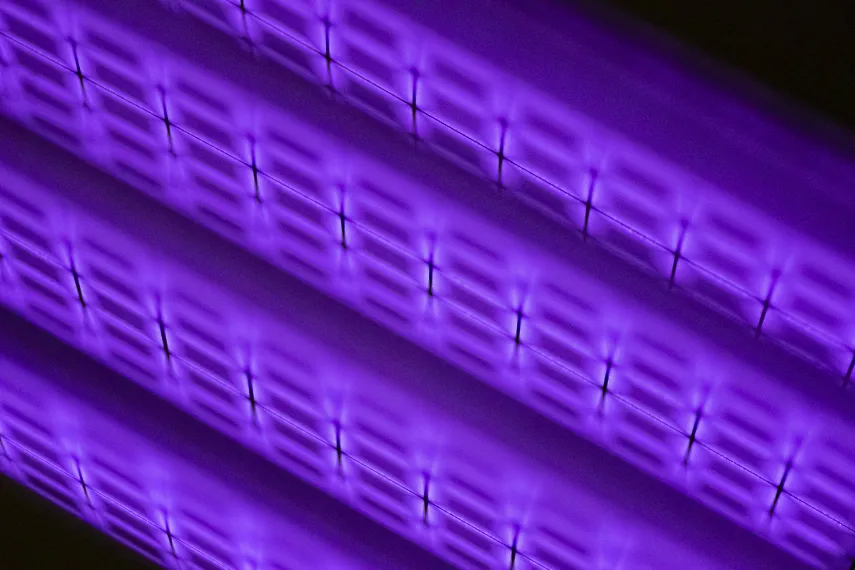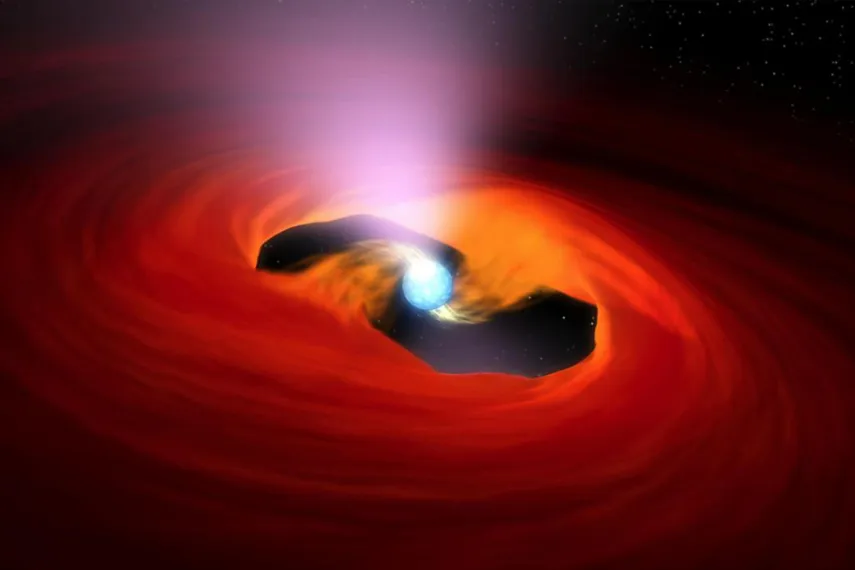- 31 Principal Investigators
- 9 Junior and Honorary Investigators

Science Hubs
Plasma Science Hub
The Plasma Science Hub is an integral part of the cutting-edge research at the Ruhr-Universität in the Key Research Area Matter, Materials & Energy.
Plasmas - luminous, energetically excited gases - are omnipresent and form the visible matter of our universe. They are what make stars shine, as they play a central role in astrophysical processes. The team at the Plasma Science Hub wants to understand these phenomena. After all, knowledge about plasmas on Earth is not only relevant to astrophysics. Plasmas are also true all-rounders in industry: they can be used to sterilize medical devices, coat surfaces, generate light and much more. They are used in semiconductor technology, microsystems technology, the refinement of technical surfaces or for switching high currents. Plasma technology is therefore one of the key technologies of the 21st century with great potential for innovation.
Future advances in plasma physics will drive sustainable manufacturing, environmental remediation, agricultural innovation and biotechnological applications. They will also deepen our understanding of extreme states of matter and electromagnetic processes that occur in space and can now be replicated in the laboratory. The integration of theoretical modeling, high-performance computing, advanced diagnostics and experimental innovation continues to drive the field forward.
Ongoing projects
The Research Center Future Energy Materials and Systems of the University Alliance Ruhr is dedicated to sustainable materials for the energy applications of the future.







